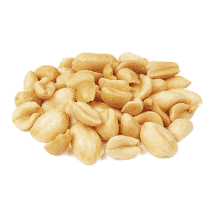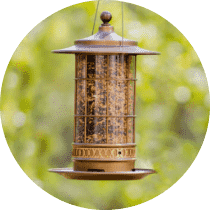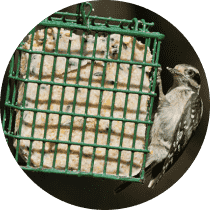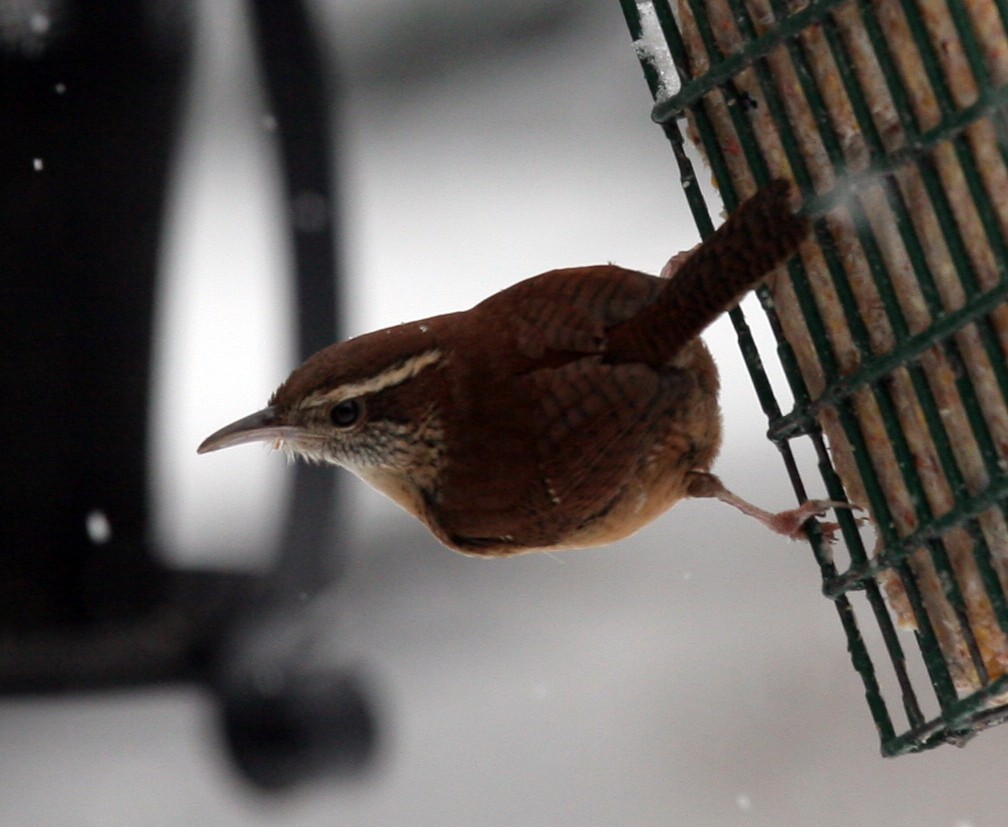Carolina Wren
A species of Thryothorus Wrens Scientific name : Thryothorus ludovicianus Genus : Thryothorus Wrens
Carolina Wren, A species of Thryothorus Wrens
Botanical name: Thryothorus ludovicianus
Genus: Thryothorus Wrens
Content
Description People often ask General Info
Description
The musical song of the carolina Wren can be heard all year round. This small, chunky songbird inhabits undergrowth, dense vegetation, and low tangles. Its nests can be found in backyards, often in most unusual places such as drain pipes. They live in pairs and do not migrate, so you can enjoy their love songs all winter.
Size
13 - 14 cm
Life Expectancy
6 years
Nest Placement
Cavity
Clutch Size
3 - 7 eggs
Incubation Period
1 - 3 broods
Number of Broods
12 - 16 days
Nestling Period
10 - 16 days
Feeding Habits
Carolina Wren's diet primarily comprises insects and spiders, with caterpillars, moths, stick bugs, leafhoppers, beetles, grasshoppers, crickets, cockroaches, ants, bees, and wasps as typical prey. They occasionally consume small reptiles and amphibians, including lizards, tree frogs, and snakes. Plant matter such as fruit pulp and seeds from bayberry, sweetgum, or poison ivy constitutes a minor dietary component. Carolina Wren may also visit bird feeders in northern areas.
Habitat
Carolina Wren is typically found in diverse wooded environments, from oak and mixed oak-pine forests to hickory-oak woodlands with ample undergrowth. These birds also inhabit riparian forests, brushy edges, and swamps. Preferential settings include areas with dense shrubbery and trees, like overgrown farms and suburban yards. Moreover, carolina Wren thrives in lowland swamps, ravines with lush vegetation, and even human-modified areas such as abandoned structures and unkempt yards, adapting well to residential zones. They avoid open areas devoid of vegetation.
Nest Behavior
Both carolina Wren males and females build the nest, which takes at least a week for the primary one and fewer days for subsequent nests. The female incubates the eggs and may add materials during this phase. Multiple nests are constructed by the male before selection. Parental care is a joint effort.
Nest Characteristics
Carolina Wren typically nests in open cavities 3-6 feet off the ground, using materials like bark strips, dried grasses, leaves, pine needles, hair, feathers, and even artificial items like string or plastic. The nest is cup-shaped, often domed with a side entrance, and may include a 'porch.' Size ranges from 3 to 9 inches long and 3 to 6 inches wide.
Dite type
Insectivorous
People often ask
General Info
Feeding Habits
Bird food type

Hulled Sunflower Seeds

Suet

Peanut Hearts

Mealworms
Bird Feeder Type

Large Tube Feeder

Suet Cage

Large Hopper

Small Hopper

Platform

Ground
Sounds
Call
Recording location: United States
Song
Recording location: United States
Song
Recording location: United States
Behavior
Carolina Wren showcase a variety of behaviors throughout their day, primarily engaging in activities alone or with their mate. Their time is spent foraging on or near the ground, adeptly navigating through leaf litter and dense vegetation, utilizing their curved bills to unearth insects from beneath decaying matter or hidden crevices. Their agility also leads them to scale vertical structures like vines and tree trunks in pursuit of prey. Not only do they turn over leaves and debris, they are known to dismember larger prey with precision. When not foraging, carolina Wren take shelter in various refuges such as bird boxes and other natural or man-made structures. Despite their rather weak flying capabilities, which limit them to short flights, carolina Wren maintain robust territorial and pair bonds all year round, marked by consistent vocalization and territory defense.
Distribution Area
arolina wrens sporadically breed as far north as Maine and Quebec after mild winters. In certain parts of their range, such as most of Iowa, prolonged periods of snow can curtail potential expansion. Permanent breeding locations range from eastern Nebraska, southern Michigan, southeast Ontario and the New England states to Mexican states such as Coahuila, Nuevo León, San Luis Potosí and Tamaulipas and the Gulf Coast of the United States. 
Scientific Classification
Phylum
Chordates Class
Birds Order
Perching birds Family
Wrens Genus
Thryothorus Wrens Species
Carolina Wren 